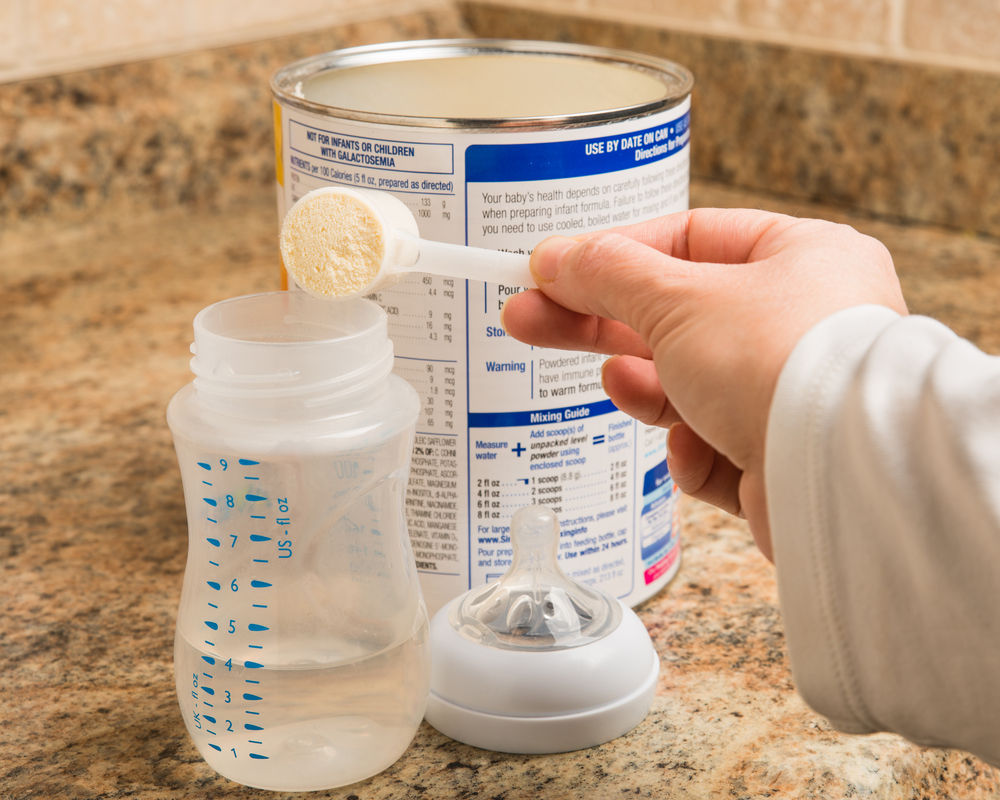A newborn bottle feeding schedule helps parents establish a routine for feeding their baby. This schedule enables them to provide nourishment at regular intervals, ensuring the baby’s health and growth.
It also helps parents monitor the amount of milk or formula intake, making it easier to identify any feeding issues or concerns. Creating a feeding schedule involves setting specific feeding times and maintaining consistent intervals between feedings. This helps the baby develop a predictable feeding routine and allows parents to plan their day accordingly.
Additionally, it helps establish a sense of stability and comfort for both the baby and the parents.


Credit: fedisbest.org
Importance Of Establishing A Feeding Schedule
Establishing a consistent feeding schedule for newborns is crucial for their healthy development. A structured routine not only ensures timely nourishment but also promotes optimal growth. Infants thrive when they receive regular feedings, as it allows their little bodies to adjust and anticipate their nutritional needs.
Benefits of adhering to a set schedule include improved digestion, better sleep patterns, and increased weight gain. When babies are fed at consistent intervals, their metabolism works efficiently, aiding in the absorption of essential nutrients. Moreover, a feeding routine can also help parents track their baby’s intake, making it easier to identify any potential issues or deviations from the norm.
By prioritizing a newborn bottle feeding schedule, caregivers provide their little ones with a solid foundation for healthy growth and development.
Understanding Newborn Feeding Cues
Understanding newborn feeding cues is crucial for establishing a bottle feeding schedule. Newborns communicate their hunger by nuzzling, smacking their lips, or bringing their hands to their mouth. Identifying these cues allows caregivers to provide timely nourishment. Equally important is recognizing signs of fullness, such as turning away from the bottle, spitting out the nipple, or closing their mouth.
By paying attention to these cues, caregivers can prevent overfeeding or underfeeding. It is essential to be attentive and responsive to a newborn’s feeding cues to ensure their nutritional needs are met and to establish a healthy feeding routine. By understanding and responding to these cues, caregivers can create a comfortable and nourishing feeding experience for their newborns.
Creating A Newborn Bottle Feeding Routine
Creating a newborn bottle feeding routine involves determining the frequency and duration of feedings. It is essential to decide on the appropriate amount of formula or breast milk to feed your baby. By establishing a schedule, you can ensure that your newborn is receiving the right nourishment at regular intervals.
Consulting with your pediatrician can help you determine the number of feedings your baby needs in a day. Typically, newborns require feeding every 2-3 hours. As your baby grows, the frequency of feedings may decrease to every 3-4 hours. It is important to pay attention to your baby’s cues for hunger and fullness, as these can vary from one baby to another.
Following a consistent feeding routine can provide comfort and stability for your newborn, establishing healthy eating habits from an early age.
Tips For Successful Bottle Feeding
Your baby’s bottle feeding schedule plays a crucial role in their overall development. To ensure successful bottle feeding, follow these tips. First, create a comfortable feeding environment without distractions. Position your baby correctly for efficient feeding, supporting their head and allowing them to latch onto the nipple easily.
It’s important to choose the right bottle and nipple size to prevent discomfort and colic. Establish a consistent feeding routine to help your baby feel secure and satisfied. Pay attention to your baby’s hunger cues, such as rooting or sucking on their hands, and offer the bottle accordingly.
Remember to burp your baby after each feeding to minimize discomfort from trapped air. By following these guidelines, you can create a positive and enjoyable bottle feeding experience for both you and your newborn.
Overcoming Common Challenges
Overcoming common challenges in newborn bottle feeding is essential for parents. One such challenge is addressing feeding difficulties, including bottle refusal or nipple confusion. It’s important to identify the reasons behind these issues and find possible solutions. For bottle refusal, you can try different bottles or teats to find one acceptable to your baby.
If nipple confusion occurs, you may want to limit pacifier use or consult a lactation specialist for guidance. Additionally, using paced bottle feeding techniques can help mimic breastfeeding and make the transition smoother. Moreover, ensuring a comfortable and calm environment during feeding sessions can also aid in overcoming these challenges.
By being patient, persistent, and open to trying different strategies, parents can establish a successful bottle feeding schedule for their newborn.
Gradually Transitioning To A Solid Food Diet
Transitioning your newborn from a bottle feeding schedule to a solid food diet is an important milestone. Introducing solid foods gradually allows them to adapt to new tastes and textures. Start by offering small amounts of pureed fruits and vegetables, then slowly increase the consistency and variety of foods.
It’s also crucial to consider the weaning process. As you introduce solid foods, begin to decrease the amount of formula or breast milk your baby consumes. This gradual transition ensures that they receive a balanced diet for continued growth. Pay attention to their cues and let them guide the pace of the transition.
Remember, every baby is different, so be patient and supportive during this exciting journey.
Frequently Asked Questions On Newborn Bottle Feeding Schedule
What Is The Recommended Newborn Bottle Feeding Schedule?
The recommended newborn bottle feeding schedule involves feeding every 2-3 hours, or on demand.
How Can I Establish A Newborn Bottle Feeding Routine?
Establishing a newborn bottle feeding routine can be done by feeding at regular intervals and observing your baby’s hunger cues.
How Do I Know If My Newborn Is Getting Enough Milk?
You can tell if your newborn is getting enough milk by monitoring their weight gain, wet diapers, and satisfied behavior after feeding.
What Should I Do If My Newborn Refuses The Bottle?
If your newborn refuses the bottle, try different nipple shapes, feeding positions, or consult with a healthcare professional for guidance.
Can I Breastfeed And Bottle Feed My Newborn At The Same Time?
Yes, you can breastfeed and bottle feed your newborn at the same time to provide flexibility and convenience for both you and your baby.
Conclusion
Developing a newborn bottle feeding schedule can greatly benefit both parents and babies. By establishing a consistent routine, parents can ensure their little one receives the nutrition they need while also managing their own schedules. It is important to remember that every baby is different, and their feeding needs may vary.
However, by observing their cues and being mindful of hunger and fullness signs, parents can create a customized feeding schedule that works for their family. Additionally, making use of modern technology such as bottle warmers and formula dispensers can help simplify the process and make feeding time more efficient.
It is essential to consult with your pediatrician and seek their guidance in developing a feeding schedule that meets your baby’s individual needs. By providing proper nourishment in a well-structured manner, parents can ensure their newborn thrives and grows in a healthy way.



